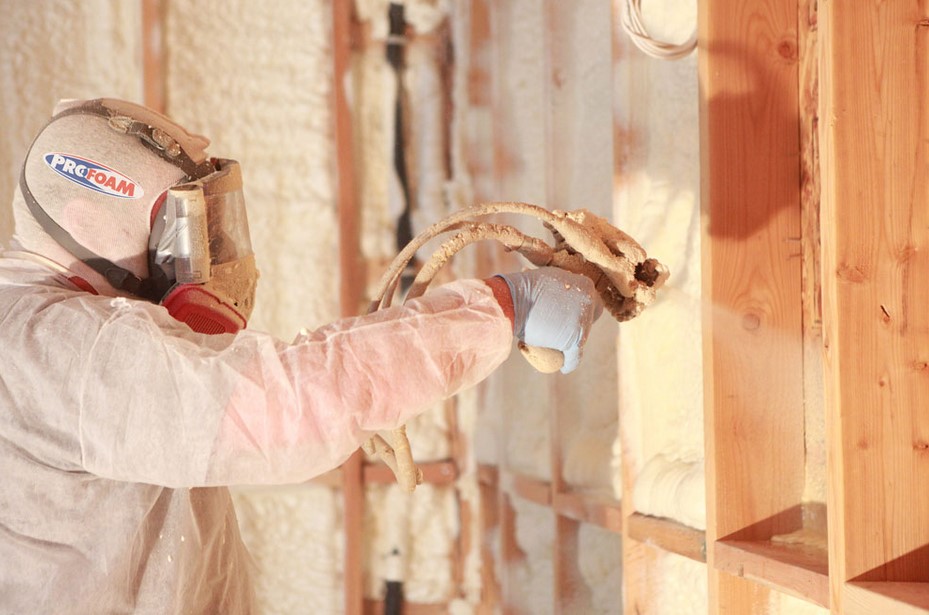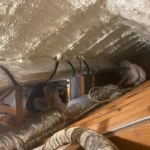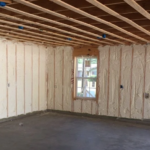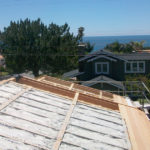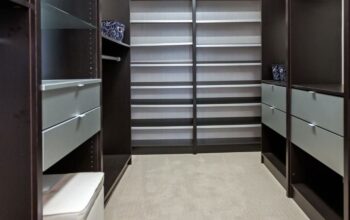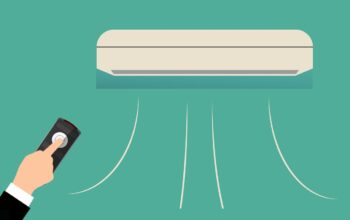Once the time arrives for homeowners to decide about insulation for their homes it can be a difficult task. With so many choices to select from, installation processes, and price points, many individuals are simply not knowledgeable about the advantages that could be provided by the various types of insulation. One type of insulation that has gained significant popularity in the past few years, is spray foam insulation.
With electricity bills and construction fees consistently on the rise, and the residential housing industry close to its saturation point, engineers and architects must use all the assistance they can obtain to make their designs favorable to builders and contractors. Investing in reliable insulation for metal buildings or in spray foam insulation can make all of the difference. Implementing spray foam insulation into the building plans can result in housing credits, tax benefits as well as other incentives for LEED-certified construction.
Familiarizing themselves with the practical benefits of spray foam insulation and including them into their client pitch, can differentiate an architect firm from its competition and place them a step ahead. Here are a few of the reasons why spray foam is becoming the most desirable option for designers and architects.
Spray Foam Insulation Is Effective For Preventing Damage
Moisture is one of the primary culprits to inflict damage to the structural integrity of a building. From rotting shingles to weakening foundations. Spray foam from Profoam can help with mitigating the risk of rain or melting snow finding its way into the structure by providing an air bubble that fiberglass insulation cannot offer.
By sealing all insulated areas effectively with this steadfast air barrier, the spray foam can prevent leaking, impede mold growth, and vastly prolong the life of ferrous-metal and timber structures.
Spray Foam Offers Better Flexibility
Another worthwhile benefit that spray foam can provide over conventional insulation materials, is the flexibility it permits during the design phase. Architects must be cautious about the restrictions that housing materials impose. Laying sheets of fiberglass or rolls of foil, confines the angles and shapes a floor plan can utilize.
Spray foam however, molds to curved walls and other receptacles, permitting for alternative design layouts. This is what make the difference from a design standpoint and which is winning contracts.
Spray Foam Is Sustainable
Sustainability is a primary consideration among others that a client deliberate when making a decision on purchasing an architect’s design. Sub-standard materials and poor design which necessitates continuous maintenance might be a deterrent for prospective customers due to the costs and time involved with maintenance.
Spray foam insulation is an effective tool for mitigating this risk by providing a longstanding air barrier that generates a consistent, controlled environment inside that in turn prolongs the life of nearly everything in the building, from the carpets to the drywall. Architects must present their designs in such a way that it is attractive to private homebuyers and developers alike.
More clients are realizing the benefit of using energy-efficient models. Spray foam insulation is a useful method of meeting such standards since it is sustainable, and it promotes longevity and efficiency of the overall property.
